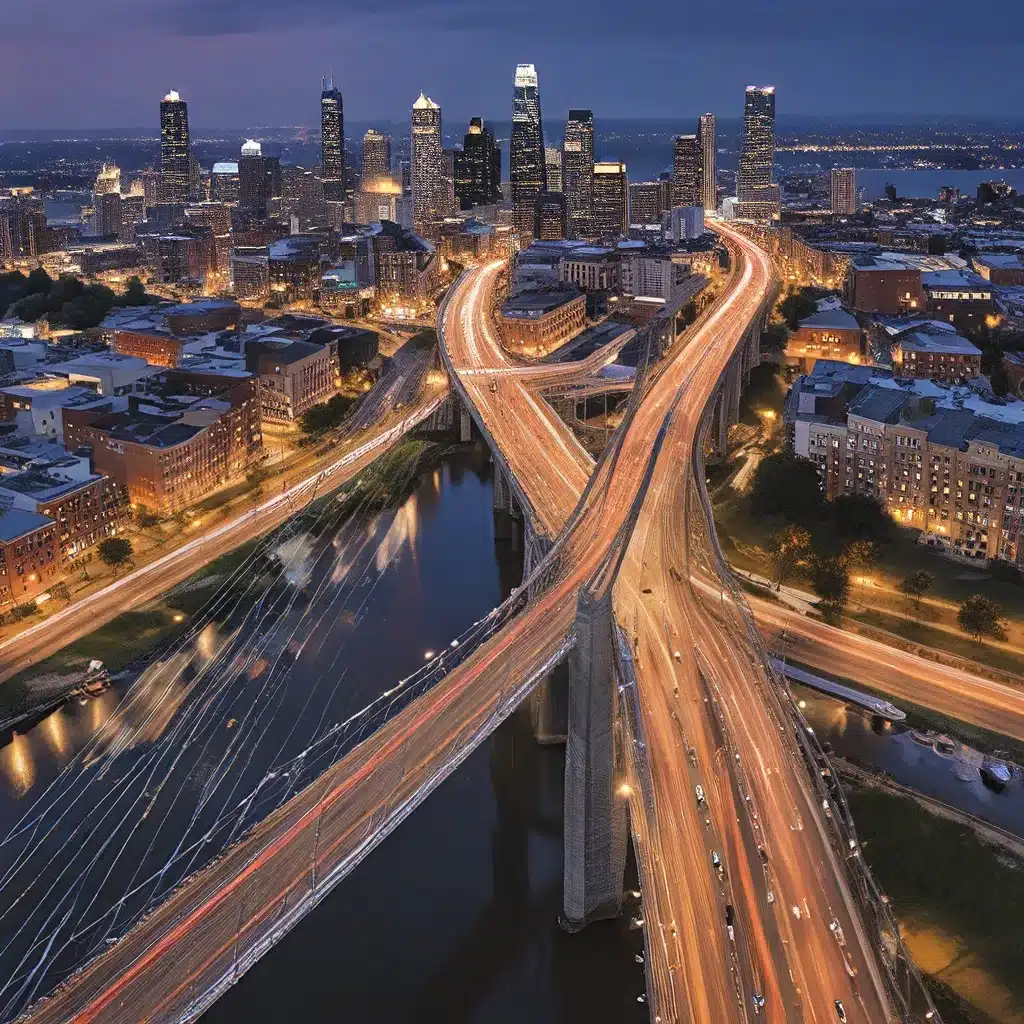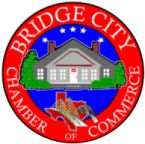
Reconnecting a Community, One Streetlight at a Time
Ah, Bridge City – the bustling heart of our region, where towering skyscrapers and historic brownstones stand side by side, each telling a story of progress and resilience. Yet, beneath the glossy facade, a troubling reality exists: a digital divide that threatens to leave far too many of our fellow citizens disconnected from the modern world.
But fear not, my friends, for a remarkable transformation is underway, one that promises to bridge the gap and bring the power of technology to every corner of our beloved city. It’s a tale of innovation, collaboration, and a steadfast commitment to ensuring that no one is left behind in the digital age.
Illuminating the Path Forward
As I stroll through the streets of Bridge City, I can’t help but notice the humble streetlights that dot the landscape. These unassuming fixtures have long been the silent sentinels of our urban landscape, guiding our way through the night. But now, they are poised to play a pivotal role in our quest to conquer the digital divide.
The city’s Bureau of Street Lighting has taken an innovative approach, recognizing the potential of these trusty lampposts to serve as the backbone of our connectivity revolution. By co-locating communication devices and antennas on the existing streetlight poles, they have found a clever way to expand our cellular coverage and bring high-speed internet access to the very neighborhoods that need it most.
The numbers speak volumes: over 3,500 co-location poles have been installed across the city, each one a testament to the Bureau’s unwavering commitment to bridging the digital divide. And the benefits extend far beyond just improved connectivity – these sleek, integrated poles are also enhancing the aesthetic appeal of our streets, proving that function and form can indeed go hand in hand.
Embracing the 5G Future
As we stride into the future, the rapid advancements in wireless technology have presented both opportunities and challenges. The rise of 5G has ushered in a new era of lightning-fast connectivity, but with it comes the need for a dizzying array of additional antennas and communication cabinets. Navigating this landscape could have been a recipe for chaos, but the Bureau of Street Lighting has once again risen to the occasion.
Through their proactive approach, the Bureau has developed a comprehensive policy and set of specifications to ensure that the integration of 5G infrastructure is seamless and unobtrusive. By leveraging the existing streetlight network, they have found a way to minimize the clutter on our sidewalks and maintain the visual appeal of our urban landscape.
But the real magic lies in the Bureau’s commitment to keeping the community informed. They’ve created a brochure that explains the function of 5G, the safety considerations, and the myriad benefits that this revolutionary technology brings to the table. It’s a shining example of how transparency and education can empower citizens to embrace the digital future with open arms.
Bridging the Divide, One Neighborhood at a Time
As I dive deeper into the city’s efforts to tackle the digital divide, I’m struck by the sheer scale and complexity of the challenge. It’s not just about installing a few extra antennas or providing free Wi-Fi hotspots – it’s about systematically addressing the underlying inequities that have kept so many of our neighbors disconnected for far too long.
That’s why the Bureau of Street Lighting has teamed up with the Los Angeles Department of Water and Power (LADWP) to launch the ‘Bridging the Digital Divide’ initiative. Utilizing Community Development Block Grant (CDBG) funds, they’re building the infrastructure needed to provide basic internet access to the areas where the digital divide is most pronounced.
The key, it seems, is targeting neighborhoods where more than half of the population has low to moderate incomes. These are the communities that have been disproportionately impacted by the pandemic, with remote learning and telehealth services becoming essential lifelines that far too many have been unable to access. By focusing their efforts on these underserved areas, the Bureau and LADWP are poised to make a real and lasting difference in the lives of those who need it most.
A Brighter Future on the Horizon
As I stand beneath the warm glow of a streetlight, I can’t help but feel a sense of optimism and wonder. What was once a simple fixture has now become a symbol of hope, a conduit for connection in a world that is rapidly evolving. And with the Bureau of Street Lighting leading the charge, I have no doubt that Bridge City will emerge as a shining example of how innovation, collaboration, and a unwavering commitment to equity can bridge the digital divide.
The first pilot project is slated to launch in June 2023, and I can’t wait to see the tangible impact it will have on our community. Perhaps a child in a low-income neighborhood will finally be able to access the resources they need to thrive in school. Or a senior citizen will no longer be isolated from loved ones, thanks to reliable video calls. The possibilities are endless, and the future has never looked brighter.
So let’s raise a metaphorical glass to the unsung heroes of our streetlights, and to the visionary leaders who are using them to transform Bridge City into a true beacon of digital inclusion. Because when we come together as a community, there’s no challenge too great, no divide too wide to overcome. The path to a more connected tomorrow starts right here, right now.


